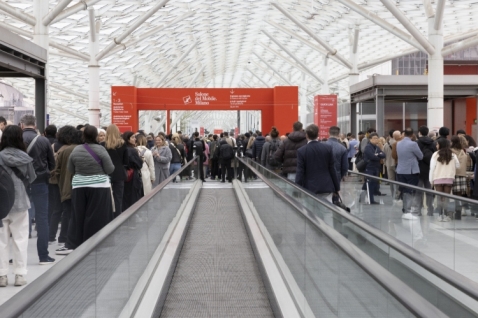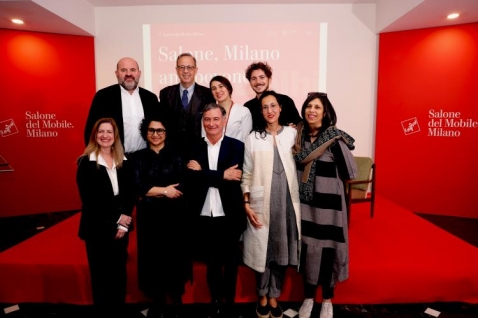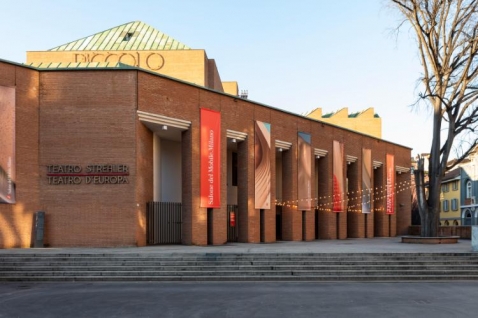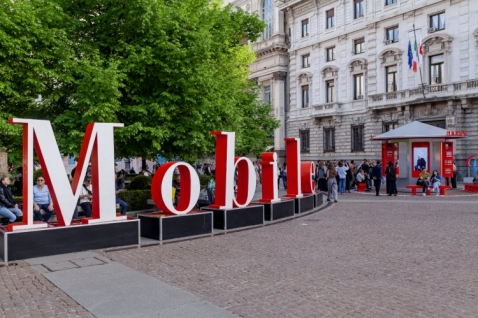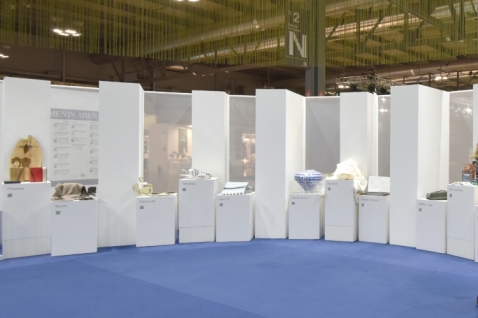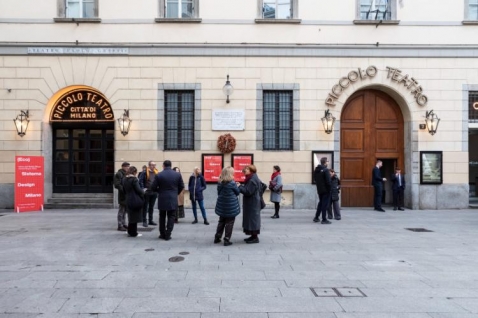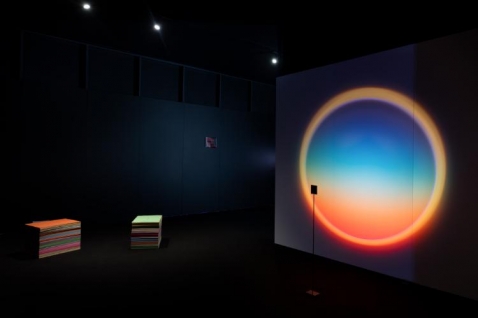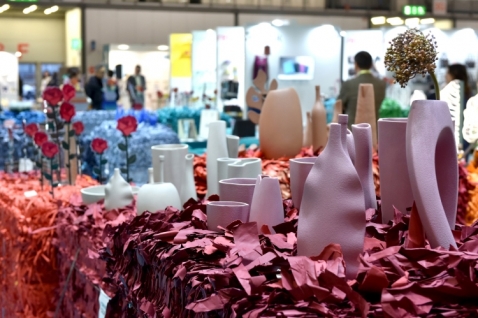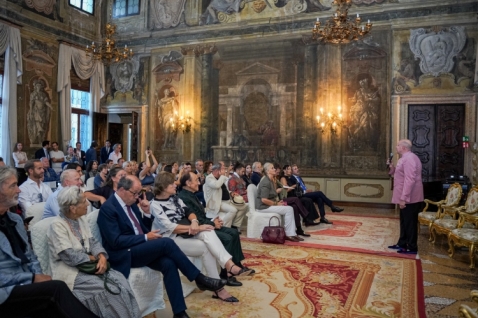The Galleria Palatina is organising an exhibition on one of the most significant paintings in the Medici collections, The Allegory of Patience, which belonged to cardinal Leopoldo de’ Medici and is today held in the Sala di Prometeo in Palazzo Pitti.
Initially attributed to Parmigianino in the inventories of Palazzo Pitti, catalogued in the museum’s first guides under the name of Francesco Salviati, and later attributed to Girolamo Siciolante by Federico Zeri, the painting is today recognised as fruit of the collaboration between Giorgio Vasari and Spanish artist Gaspar Becerra. Its complex collectors’ history involves important figures tied to the court of Cosimo I and Giorgio Vasari himself.
The first of these was Bernardetto Minerbetti, bishop of Arezzo and ambassador of Cosimo I, a refined man of letters and patron of the Renaissance philosophical and literary academy known as the Accademia Fiorentina. Shortly after 1550, he requested Vasari to execute a painting that in a new and emblematic manner would represent the principal virtue of his character, that is to say the art of Patience. Vasari accepted and proposed to his patron an invention inspired by ancient sculpture, enriched by a refined symbolic repertory alluding to time and to the life of man. The invention took the shape of a young woman chained to a rock, patiently waiting for the drops of water falling from a vase to corrode the stone and thus set her free. This scholarly and very cultured image would become quite popular far beyond the borders of Florence, soon reaching the Ferrara court of Ercole II d’Este who did not hesitate to use it in his ‘impresa’. In fact, a few years after Minerbetti’s painting, Duke Ercole II d’Este commissioned a new version of the Patience from Camillo Filippi, intended for the so-called “Camera della Pazienza” in the tower of Santa Caterina of his castle in Ferrara. The Duke also introduced the same personification on the verso of a famous medal that Pompeo Leoni coined in 1554, on the base of a bust sculpted by Prospero Sogari Spani and in a series of coins produced by the mint of Ferrara.
Why did Vasari’s invention enjoy such a great success though? Why was the virtue of Patience considered so important in the art and literature of the peak of the Renaissance?
Anna Bisceglia curates the exhibition and the catalogue published by Sillabe to investigate these elements along the underlying themes of patronage, literary sources, and artists’ explorations against the complex and fascinating backdrop of the Italy of royal courts. Alongside the Vasari Allegory of Patience, visitors will see the same theme in an artwork that Camillo and Sebastiano Filippi executed in 1553-54 and currently in the Galleria Estense of Mantua. This version also inspired the portrayal of this virtue on the base of the bust of Ercole II sculpted by Prospero Sugari, known as Clemente (1554), and on the medals that Pompeo Leoni executed for the Duke (Florence, Bargello, 1554 ca.). Moreover, a large painting from the Galleria dell’Accademia of Venice will illustrate the complex genesis of this iconographic motif. It was part of a wooden coffered ceiling executed for the Corner family in 1542. Finally, the exhibition will also present the little painting on wood from the Uffizi, mistakenly known as Artemisia mourns Mausolus, which instead has been recognised as a Patience, and several drawings and engravings from the Gabinetto Disegni e Stampe of Florence and the Cabinet des Dessins du Louvre.

